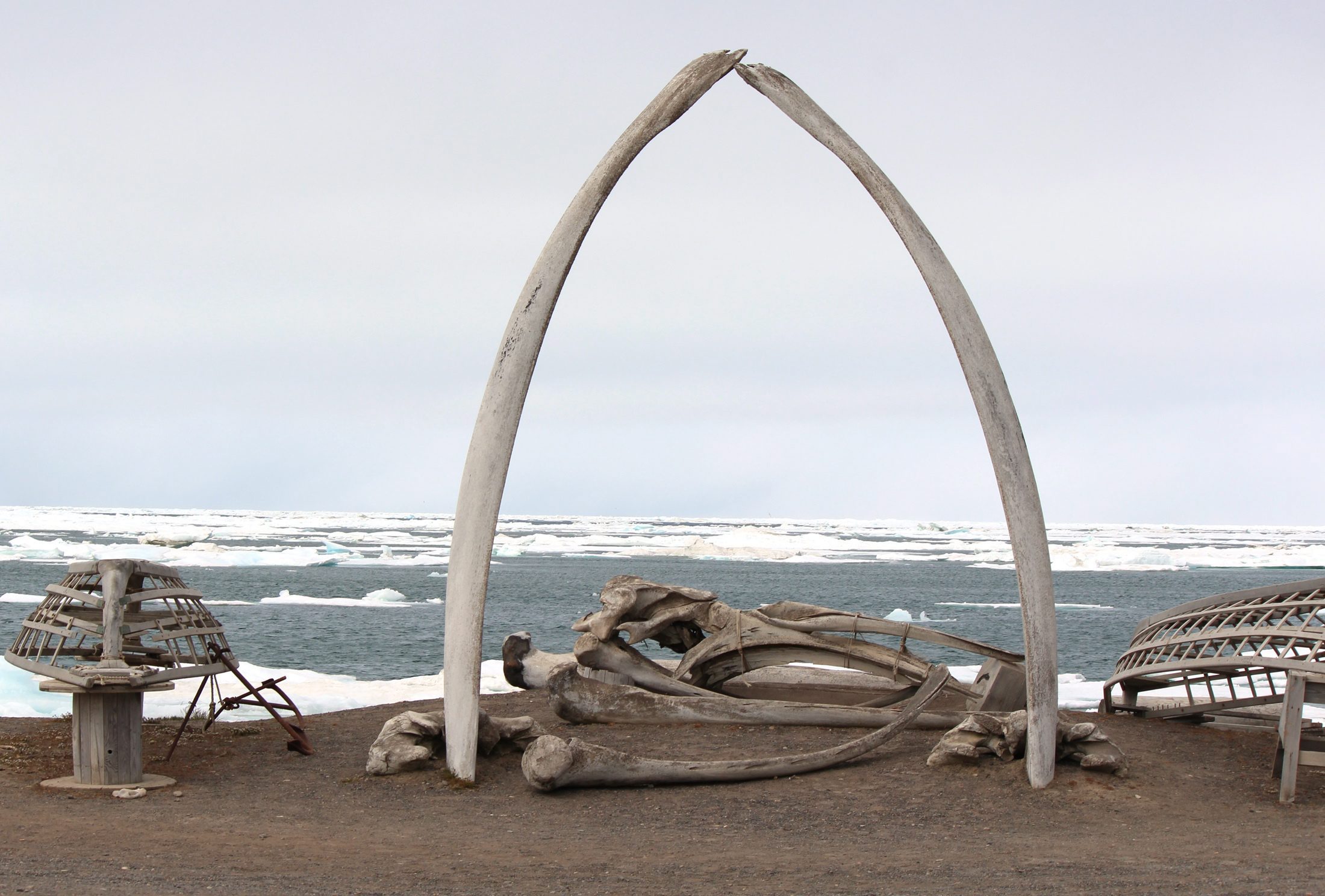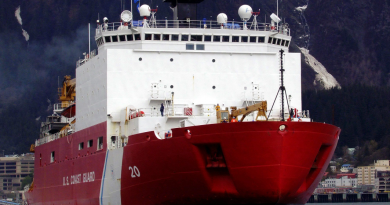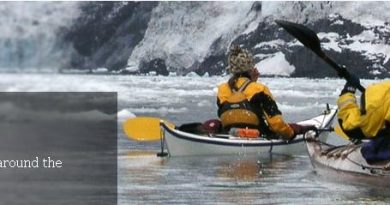Barrow, Alaska’s dramatic autumn warming linked to shrinking sea ice

The nation’s northernmost community is getting warmer, most dramatically in October, when sea ice loss has been greatest, according to a new University of Alaska Fairbanks study that analyzed decades of weather data.
While average annual temperatures in Barrow increased by 2.7 degrees Celsius (4.86 Fahrenheit) from 1979 to 2012, October temperatures rose by a whopping 7.2 degrees (12.96 Fahrenheit) over that period, according to the study, published in the Open Atmospheric Science Journal.
“I was actually astonished about it,” said Gerd Wendler, lead author and a professor emeritus at the Arctic Climate Research Center, part of UAF’s Geophysical Institute. “I think I have never, anywhere, seen such a large increase in temperature over such a short period.”
The November warming is almost as dramatic, with a temperature increase of over 6 degrees Celsius (10.8 Fahrenheit) during the period, the study found. Autumn is the season that has warmed up the most in the 34 years, with temperatures rising 6.3 degrees Celsius (11.34 Fahrenheit) in the time period, according to the study.
Temperature and ice formation
The reason? Ever-sparser ice over the Arctic Ocean after the maximum annual melt. “You cannot explain it by anything else,” Wendler said.
At other times of the year in the far north, sunlight is a big factor in weather patterns, he said. But by October, the sun is low in the sky over Barrow; by late November, it does not rise over the horizon.
Instead of sunlight, the main influence on temperature is the wind that blows in from the north — over waters that were once reliably ice-covered in late autumn but are now usually open and able to release stored heat into the atmosphere. “So the temperature is now affected by the movement of warmer air,” Wendler said.
He and his colleagues found that the temperature trends were highly correlated with sea ice concentrations recorded since 1979, when accurate satellite measurements began. Reduction in ice concentrations in the Chukchi and Beaufort seas were biggest in October, followed by other autumn months. Ice concentrations actually increased slightly in midwinter months over the same period, according to the analysis.
Barrow and elsewhere
While the long-term temperature increase in Barrow is significant, the rise had not been uniform, the study notes. The study analyzes temperature records back to 1921, noting that 1920s was a particularly warm decade. When records back to 1921 are calculated, average Barrow temperatures have increased by 1.51 degrees Celsius (2.72 Fahrenheit), the study said.
The long-term record is superimposed on numerous shorter-lived changes possibly linked to the Pacific Decadal Oscillation or the Atlantic Decadal Oscillation, ocean cycles that switch between periods of warmer and colder waters, the study said. A warmer Pacific Decadal Oscillation started in the 1970s, and the cycle switched to colder a decade ago, the study notes.
The cold phase of the Pacific Decadal Oscillation appears to have influenced Arctic sea ice concentrations in the winter, a season when there is no sunlight and transport of heat is through the ocean, the study said.
The short-term variability continues. In 2014 — a year outside of the study period — Barrow posted the lowest daily summer high on record, 58 degrees, according to the National Weather Service.
Still, overall temperatures in Barrow and elsewhere on Alaska’s North Slope continue to rise despite the current phase of the Pacific Decadal Oscillation, Wendler said. Arctic Ocean conditions, including the atmospheric conditions created by increasingly open waters in the late fall, now have more influence on weather in Barrow and the rest of the North Slope than do Pacific Ocean conditions, he said.
Related stories from around the North:
Canada: (VIDEO) Changing Sea Ice: Nunavut Ice Monitoring, Eye on the Arctic
Greenland: Soot from Canadian wildfires may have increased Greenland ice melt, Radio Canada International
Russia: Scientists raise alarm over Russia’s ice-free Kara Strait, Barents Observer
United States: Huge onshore crowds of walruses a new phenomenon for Arctic Alaska, scientists say, Alaska Dispatch



